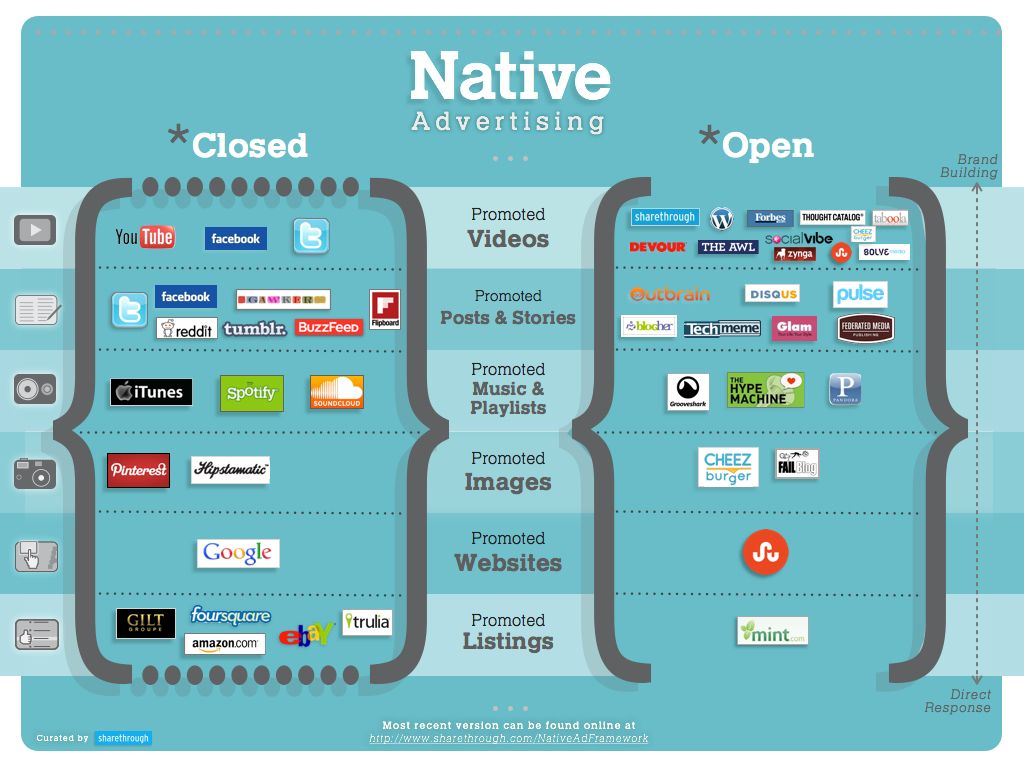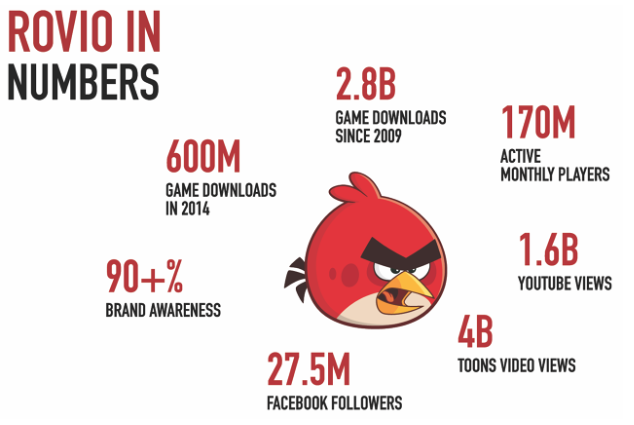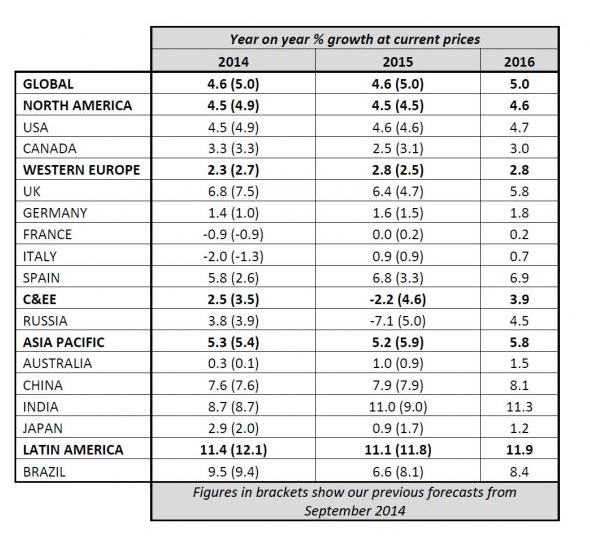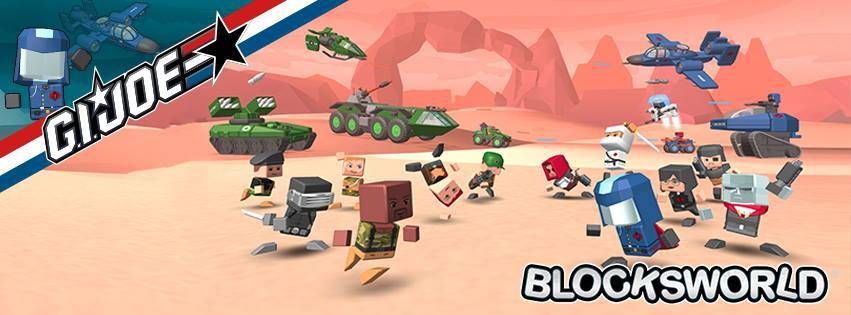Facebook’s F8 2015 developer conference opens tomorrow at San Francisco’s Fort Mason, and the two day event promises to be an important one for publishers and developers. It’s the first time the conference is spread over two days, but Facebook has a lot going on. In fact, Facebook’s importance to the game industry, mobile developers, advertisers and marketers is at a high point, and this conference is going to provide insight into where Facebook goes from here — and that will be important to know.
Facebook’s impact on the game industry in particular is greater than ever, although its history is not a straight line path. As Facebook grew explosively some years ago, part of what propelled it (and was propelled by it) were games, and the social gaming craze that led to to the growth of companies like Zynga and Kabam. As Facebook’s growth slowed, and the platform clamped down on the easy viral marketing that games utilized so well, the social gaming craze died down. Game companies looked to the rapid growth of mobile gaming as the next big platform, and attention shifted away from Facebook.
That was only the beginning of the story, though, as Facebook went public and began to shift resources into mobile and advertising. Now, Facebook has become the hot way for mobile game companies to gain users, with classic user acquisition tools becoming more expensive. Companies that continue to release Facebook games along with mobile games have done very well — King Digital credits much of its success with Candy Crush Saga to the fact that the game is available on both Facebook and mobile platforms, for instance.
Growth for Facebook’s user base has been slow in the last few years, though, compared to the meteoric rise of earlier days — not suprising when you consider the service now has 1.4 billion users. The company’s got a strategy for growth, though, and one of the key topics for this developer conference is how that will occur. There’s also the looming impact of virtual reality and how Facebook’s Oculus division will take advantage of this technology, and what it will mean to Facebook and many others.
The show will kick off with a keynote address by Facebook CEO Mark Zuckerberg, where he will no doubt review some of the opportunities ahead for Facebook, the challenges the company faces, and its strategy for the year ahead. There may even be some surprises in the wings, as rumors heat up about Facebook hosting news sites’ content, according to The New York Times.

“Things have been fairly easy sailing at Facebook: user growth had been on the up and up and in-stream ads have generated 93 percent of their revenue. As the world’s biggest social network, they now face a couple of issues,” said [a]listdaily‘s Lauren Arevalo. “The first being stagnating user growth (one of first topics being tackled at F8 is ‘Building for the Next Billion’) and the second is how to address their waning appeal to younger users. In order to address this ‘coolness’ problem, Facebook had made some key purchases that are coming to the fore as the platforms of-the-moment (Instagram) and of the future (Oculus).”
“These of course will be a key focus in F8’s proceedings, but I’m also looking forward to how Facebook looks to monetize its hugely valuable user base from here on out,” Arevalo continued. “Some messaging opportunities for brands have appeared to be in the wings for some time, mobile payments is overall a really hot subject right now, and the fact that Facebook has been vocal about getting more serious as a platisher lately has major implications for native advertising. If Facebook can get some or all of these things right (and Piper Jaffray has increased the company’s target price ahead of tomorrow in a strong vote of confidence), marketers will be more than happy continue to make Facebook a chief component of their campaigns.”
“We have seen Facebook take off as the first real rival to YouTube in the Online Video space, now accounting for 60 percent of all global video shares, we’ll see expand significantly in the video space,” said [a]listdaily‘s Joakim Baage. “They are now rumored to be working with video publishers like Vice and Vox to produce short-form branded video under the name “Anthology.”
“It’ll be interesting to see how they approach video with the developers as part of their overall push into multiple apps such as Messager and buying popular apps like Instagram and Whatsapp. Furthermore, we didn’t see much from VR-company Oculus at GDC, which probably means that there will be some kind of announcement at F8 after Facebook bought the company last year,” continued Baage. “All these developments should be top-of-mind for any digital marketers knowing how effective Facebook’s different advertising programs are, especially for (mobile) game developers and with the amount of data Facebook has of its users, I think that Facebook is quickly becoming the most important platform for marketing all together.”
The [a]listdaily caught up with Dan Morris, Facebook’s Director of Game Partnerships, to ask him about the F8 Developer Conference.
What’s the relevance of F8 to game developers?
F8 is where a range of new products and features will be unveiled, a number of which will play a beneficial role in helping game developers solve some of their hardest problems. Facebook is well-positioned to make a positive impact across the games ecosystem, and F8 is where we will provide first looks at some of this potential impact.
If people can’t get to the F8 conference, is there any way to get some of the information being presented?
All of F8’s sessions will be streamed for free at fbf8.com
What’s the importance of F8 to marketers, both for games and for brands in general?
Game developers increasingly tell us that Facebook’s marketing solutions are the best available, and F8 is an ideal opportunity to learn how to advertise effectively using our tools.








